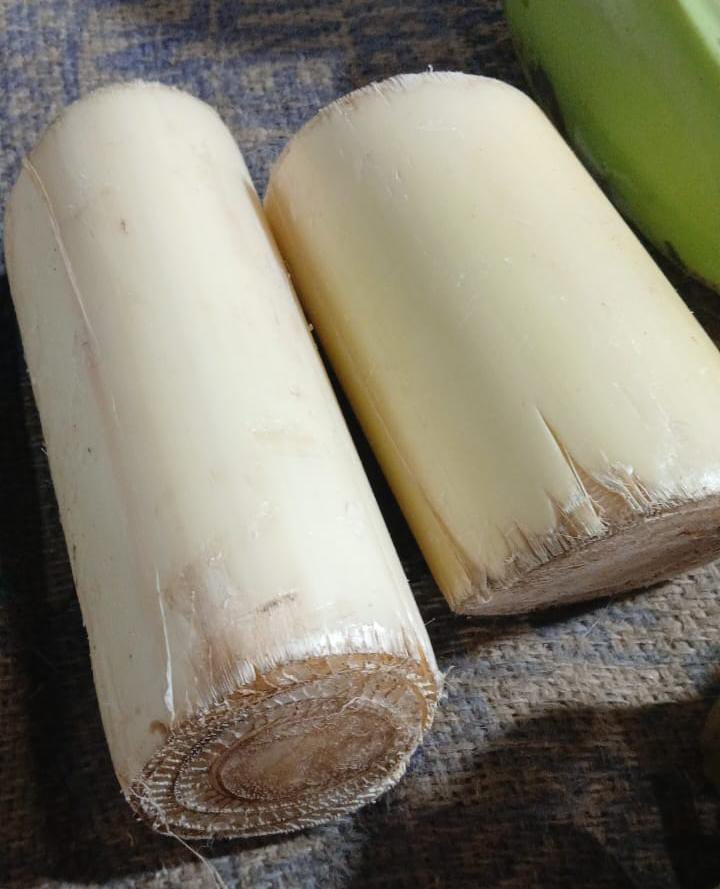Upcycling has emerged as a creative and eco-friendly solution to reduce waste. One remarkable example is the upcycling of banana stems a byproduct of banana cultivation. By transforming this agricultural waste into valuable products, entrepreneurs are promoting environmental conservation and generating economic opportunities.

Banana plants produce fruit only once in their lifetime, after which the stem is usually discarded. This agricultural waste is rich in fibre and nutrients, making them an excellent raw material for various innovative products.
Banana fibres are strong, flexible, and biodegradable and can be spun into yarn and woven into eco-friendly fabrics used for clothing, mats, and bags. The fibrous texture of banana stems makes them ideal for making handmade, sustainable paper.
The Sturdy and biodegradable, banana stem fibers can be moulded into disposable plates and bowls, offering an eco-friendly alternative to plastic.
Banana stems are rich in potassium and other nutrients, when composted, can enrich the soil and promote healthy plant growth.
The extracts from banana stems produce eco-friendly, plant-based dyes for textiles and crafts.
Upcycling reduces agricultural waste and minimizes reliance on synthetic materials, provides income for farmers and artisans through the sale of upcycled products and promotes the use of biodegradable, eco-friendly materials.

Upcycling banana stems is more than just a creative endeavour and aligns with SDG 12 (Responsible Consumption and Production), SDG 8 (Decent Work and Economic Growth), SDG 9 (Industry, Innovation, and Infrastructure), SDG 15 (Life on Land), and SDG 13 (Climate Action). By harnessing the potential of this natural resource, we can reduce waste, support local economies, and embrace a greener future. Let us turn waste into wonder, one banana stem at a time.



